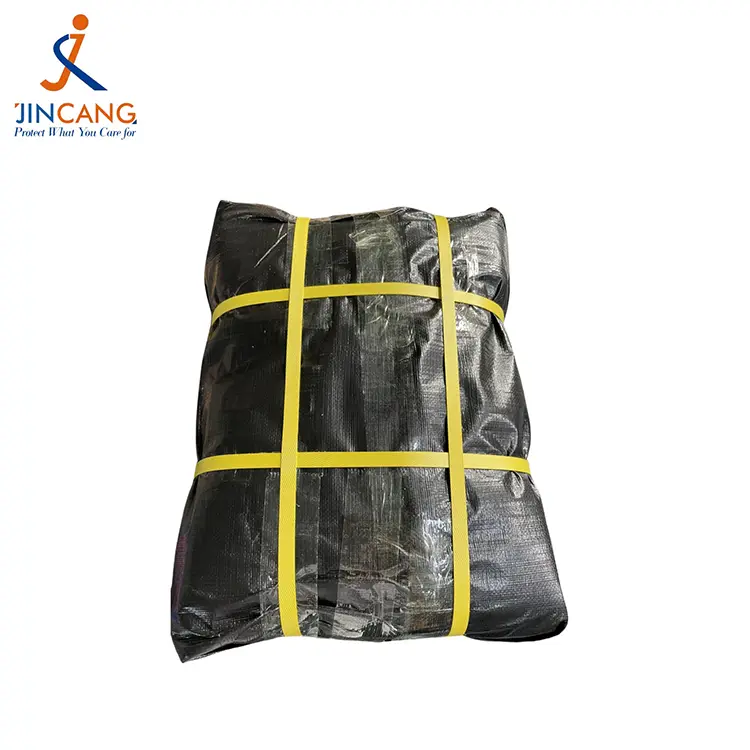Factors to Consider When Buying PE Tarpaulin
2025-06-20
Polyethylene (PE) tarpaulins are widely used in agriculture, construction, transportation, and home applications due to their durability, flexibility, and water resistance. However, choosing the right PE tarpaulin involves more than just selecting the cheapest or most colorful option. A buyer must evaluate several key factors to ensure the tarpaulin serves its intended purpose effectively and economically. These factors include material quality, thickness, size, UV resistance, waterproofing, and intended application.
1. Material Quality
The foundation of a reliable PE tarpaulin lies in the quality of the polyethylene used. High-density polyethylene (HDPE) is preferred for its superior strength and weather resistance. Look for tarpaulins made from virgin PE material rather than recycled variants, as the former offers better performance and longer lifespan. The weaving pattern and coating also play a role—tight weaving and smooth lamination increase the durability and resistance to tearing.
2. Thickness and Weight
Thickness, typically measured in mils (thousandths of an inch) or grams per square meter (gsm), directly affects the strength and protective ability of a tarpaulin. Lightweight tarps (below 100 gsm) are more suitable for temporary or indoor use, while medium (100–200 gsm) to heavy-duty (200+ gsm) tarps can withstand harsh outdoor conditions. Choosing the right thickness ensures the tarpaulin can endure environmental stress without adding unnecessary bulk or cost.
3. Size and Shape
Before purchasing, it is essential to determine the exact size and shape required. Tarpaulins come in standard rectangular or square forms, but custom sizes may be available depending on the manufacturer. It’s advisable to choose a size slightly larger than needed to ensure full coverage and allow for secure fastening. Consider the possibility of shrinkage or stretching over time as well.

4. UV Resistance
For outdoor applications, UV resistance is a critical factor. Continuous exposure to sunlight can degrade polyethylene, causing brittleness and reducing effectiveness. UV-treated tarpaulins resist sun damage and maintain their integrity longer. This feature is especially important in agricultural uses, roofing covers, or vehicle covers that remain outdoors for extended periods.
5. Waterproofing and Weather Resistance
A good PE tarpaulin should be not only waterproof but also resistant to mildew, rot, and chemical corrosion. Dual-sided lamination is common in high-quality tarps, enhancing waterproofing and adding an extra layer of protection. Weather resistance ensures that the tarpaulin can shield against rain, snow, wind, and even sand or dust in various climates.
6. Eyelets and Reinforcements
Functional features such as aluminum or rust-resistant eyelets and reinforced corners increase the usability of a tarpaulin. These allow the tarp to be tied down securely without tearing, which is especially important in high wind conditions or when covering large items. Reinforced edges stitched with rope or added layers also contribute to extended lifespan and better performance.
7. Intended Use and Application
Finally, consider the specific application before purchase. A tarp used for camping or as a temporary shade requires different specifications than one used to cover machinery or construction materials. Evaluate whether breathability, color, or flame-retardant properties are necessary based on the context.
Conclusion
Purchasing a PE tarpaulin is a practical investment that requires attention to several key factors. From material quality and thickness to UV resistance and application needs, each aspect contributes to the overall performance and cost-effectiveness of the tarp. By carefully assessing these considerations, consumers can select a tarpaulin that meets their requirements and delivers reliable, long-term service.
As a professional manufacturer and supplier, we provide high-quality products. If you are interested in our products or have any questions, please feel free to contact us.